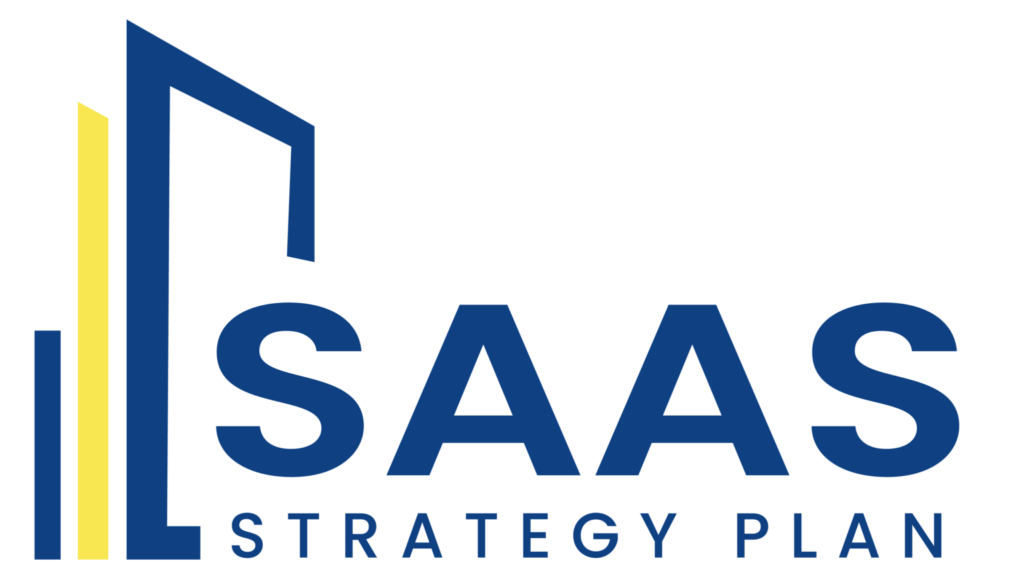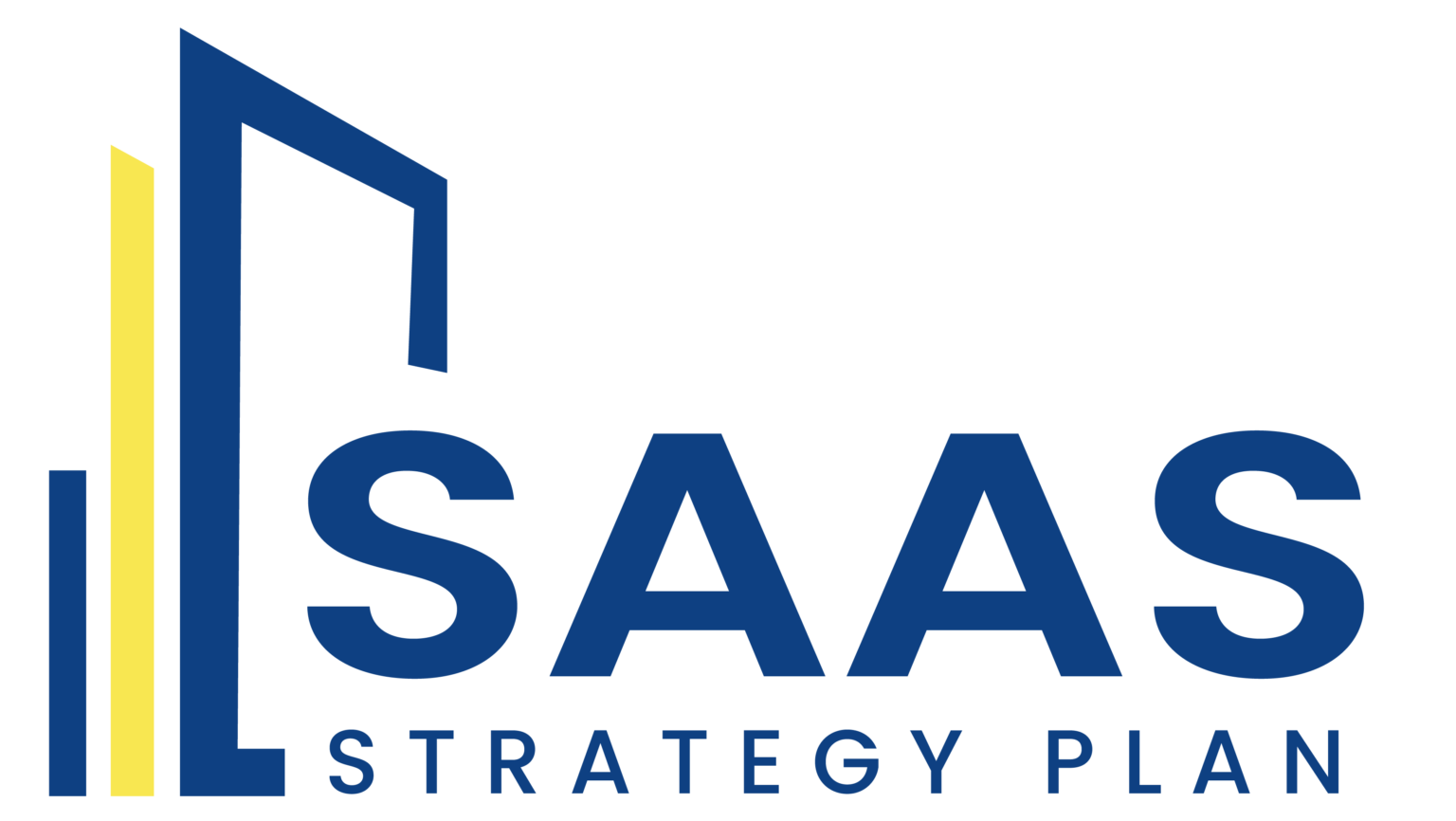The Art of Coaching: How to Elevate Your Business and Your Clients’ Success
Coaching is more than just a profession for me—it’s an art. It’s a blend of skills, empathy, and an in-depth understanding of business that helps me guide you toward your goals while growing my own coaching business. In this blog, I’ll break down the essential qualities that make a successful coach and show you how to cultivate these traits for yourself. Plus, I’ll give you actionable strategies to build a coaching framework that not only elevates your business but drives your clients to reach their full potential. Essential Qualities of a Successful Coach Empathy and Emotional Intelligence: One of the biggest things I’ve learned is that empathy is the heart of coaching. You need to connect with your clients on a deeper level, truly understand their struggles, aspirations, and motivations. I’ve seen firsthand how people open up more when they feel understood. Developing your emotional intelligence by actively listening, reading non-verbal cues, and adjusting your approach will foster that trust your clients need. Effective Communication: The way you communicate with your clients can make or break their experience. It’s important to be clear, concise, and create an environment where they feel comfortable sharing. I practice active listening and respond thoughtfully, which allows me to give feedback that truly resonates. When you communicate with clarity and intent, you motivate your clients to take action. Flexibility and Adaptability: Coaching is constantly evolving, and I’ve had to adapt to new methods, tools, and my clients’ changing needs. Staying flexible and embracing technology has allowed me to offer more personalized solutions. I encourage you to be open to innovation and remain curious in your approach to coaching. Credibility and Expertise: Establishing your credibility is key to gaining your clients’ trust. I’ve invested in certifications, workshops, and continuous learning to stay at the top of my game. The more expertise you have in your niche, the more confidence your clients will have in you as their coach. Strong Goal-Setting Abilities: I’m a firm believer in the power of setting SMART goals (Specific, Measurable, Achievable, Relevant, Time-bound). By helping my clients define their goals and create actionable plans, I keep them focused and motivated. Teaching your clients how to set realistic and achievable goals will hold them accountable and push them to succeed. Developing Your Coaching Framework When it comes to crafting a successful coaching framework, I’ve learned that combining structure with flexibility is the key. Here’s how you can build a coaching framework that boosts your business and accelerates your clients’ success: Define Your Niche: I started by narrowing down my niche, which helped me attract the right clients and create tailored solutions. Identifying your area of focus allows you to fine-tune your services and stand out in the coaching world. Create a Structured Program: My coaching programs are structured but adaptable. I make sure that each phase of my process aligns with client progress. You’ll want to reassess your program regularly based on client feedback to keep things fresh and relevant. Incorporate a Feedback Loop: Regular feedback is essential for growth. I schedule check-ins and collect feedback so I can course-correct when needed. By implementing this, you’ll continuously improve your services and help your clients reach their goals faster. Leverage Technology: Embracing technology has transformed the way I coach. Using video conferencing, project management software, and coaching apps helps me manage sessions efficiently and engage with clients. Technology is a game-changer—you’ll want to integrate tools that enhance your coaching process. Measure Outcomes and Celebrate Success: Tracking progress is key for me. I set measurable outcomes for both myself and my clients, celebrating even the smallest milestones. Recognizing these wins boosts client motivation and reinforces the value of the coaching relationship. Form Networking Opportunities: I’ve connected with other coaches and professional organizations to stay ahead of industry trends and learn new methodologies. Networking helps you grow, and it can lead to valuable referrals down the road. Conclusion Coaching is an art, and as you refine your skills, you’ll not only elevate your business but also help your clients achieve success. By developing empathy, mastering communication, staying adaptable, building credibility, and setting clear goals, you’ll empower your clients to reach their full potential. When you embrace the art of coaching, you’ll see growth in both your business and your clients’ lives. Ready to scale your coaching business and help your clients succeed? Let’s talk! Schedule a free strategy call with me, and I’ll show you how my SaaS strategy can help you streamline your processes and start earning 2-3 lakhs in just 90 days.
The Art of Coaching: How to Elevate Your Business and Your Clients’ Success Read More »











